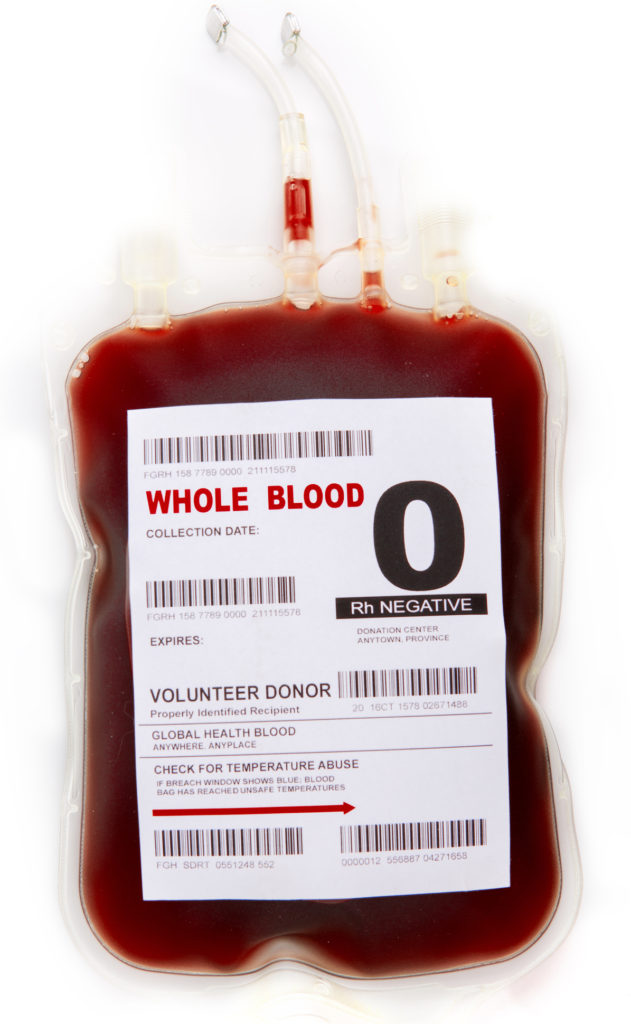
WE DON'T HAVE EYES.THE DUTIES OF THE VEDIC KINGS. FROM BIRTH, THE VEDIC NEGATIVE RHESUS KINGS ARE TRAINED INTO THE SECRETS OF “TO SEE” WITH CLOSED EYES AND SEEING INTO THE DARKENESS WITH CLOSED EYES THROUGH THE THIRD AKASHIC EYE CONSCIOUSLLY. SINCE THE ELECTRO-BIOLOGICAL EYES CANNOT SEE, A KING IS ABLE TO SEE AND LEAD HIS PEOPLE-NATION FROM DARKNESS INTO LIGHT. ALL POLITICIANS AND FAKE KINGS ARE BLIND DEAF AND DUMB.
WE DON'T HAVE EYES, SO WHO IS THE SEER?
WE DON'T HAVE EYES. THAT WHAT WE CALL EYES ARE SCANNERS OR CAMERAS OF REFLECTED LIGHT WAVES (PHOTON) THAT FEED DATA TO THE WIRELESS BRAIN-MIND-ANTENNA. AND LIGHT MAY NOT EVEN EXIST
We are the result of the most advanced technology, yet, we may never have access to this advanced technology running on a 2-Strand DNA. Every being has the right to break the limitations of this genetic code. Try looking inside, because there is nothing outside.
Wednesday, February 17, 2021
Monday, July 13, 2020
The World's Most Dangerous Blood Type
or reload the browser
Bacteria can Change a Blood Cells Blood Type
or reload the browser
Wednesday, May 6, 2020
Thursday, March 19, 2020
CELL HACKERS: VIRUSES HACK INTO YOUR CELLS.
- VIRUSES HACK YOU CELLS AND OVERPOPULATE THEMSELVES TURNING CELLS INTO EXTINCTION.
Blood type A ‘more vulnerable’ to coronavirus
- People with blood type A may be more vulnerable to COVID-19, study claims.
- Researchers found that of the 206 patients in the study who died, 85 had blood type A, equivalent to 41 per cent of all deaths.
Advice is still to wash your hands and follow the guidelines issued by authorities, whatever your blood type.
Coronavirus vaccine: first volunteers receivetrial dose inUS - Is hand-washing really the best thing we can do to stop the spread of COVID-19?
- Aggressive ‘L type’ strain affecting 70 per cent of
coronavirus cases Coronavirus vaccine: UK scientists work to avoid future outbreaks

- How do scientists develop vaccines for new viruses?
- How do viruses jump from animals to humans?
- Do viruses die?
Get our daily LUNCHTIME GENIUS newsletter
How do viruses make us ill?
Tuesday, February 25, 2020
Friday, January 31, 2020
THERE ARE ONLY 2-RACES. THE TERRESTRIAL RHESUS POSITIVE AND THE ALIEN RHESUS NEGATIVE. AND, THERE IS ONLY ONE EYE, CALLED THE THIRD EYE. THE ELECTRO-BIO EYES ARE CAMERAS.
Is Rh-Negative Blood Alien In Origin?

Where Does Rh Negative Blood Come From?
Learn more about our alien origins. Watch this full-length video free!
Rh Negative Characteristics

- Higher than average IQ
- Lower body temperature
- Higher blood pressure
- Red or reddish hair
- Extra vertebrae
- Sensitive vision and particular sensitivity to sunlight
- Elevated intuition
Could there be any validity behind this, or is it an elitist idea that there might be a small percent of the population that has advanced, extraterrestrial genetics? While there’s not much grounding evidence of these alleged characteristics, some have pointed to instances of red-haired rulers in ancient civilizations throughout the world as potentially having some connection.